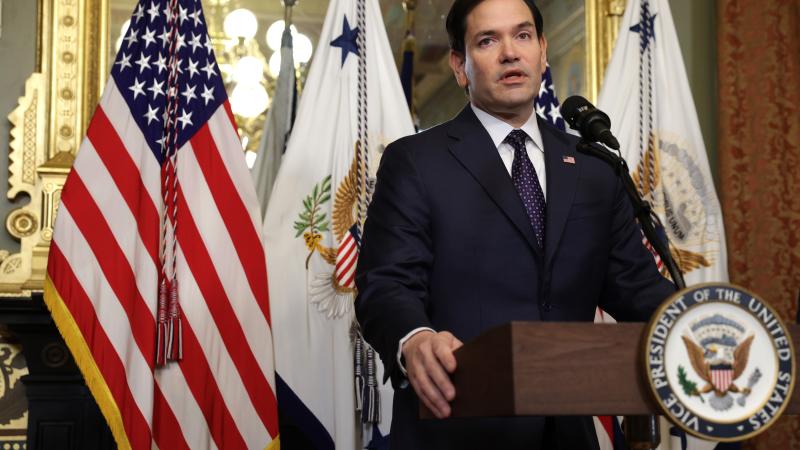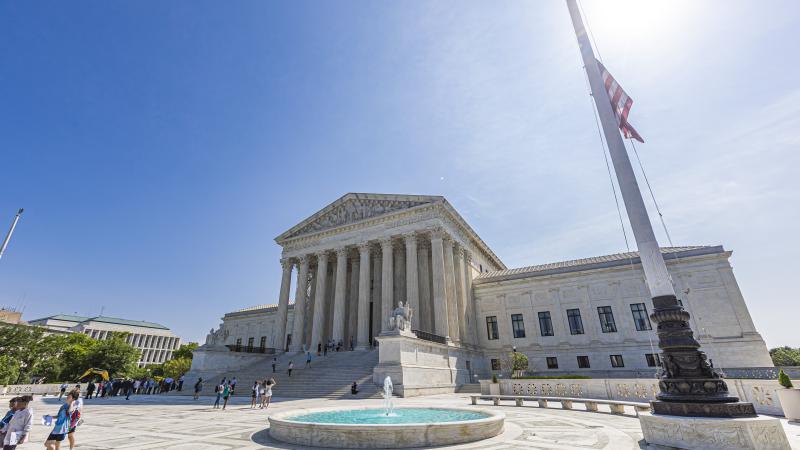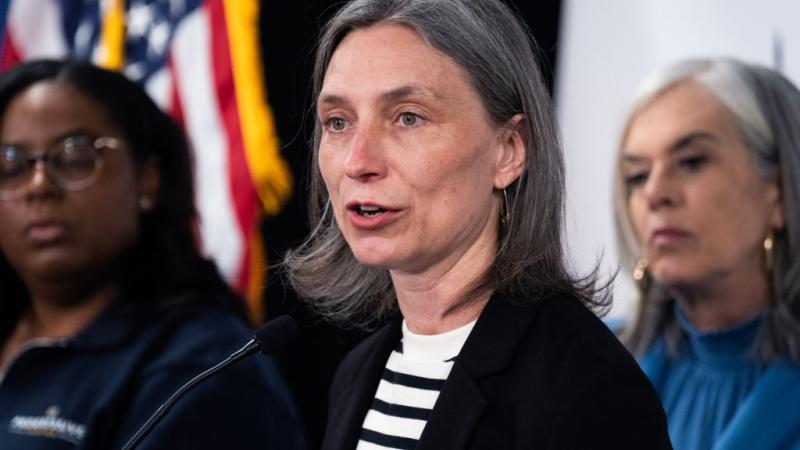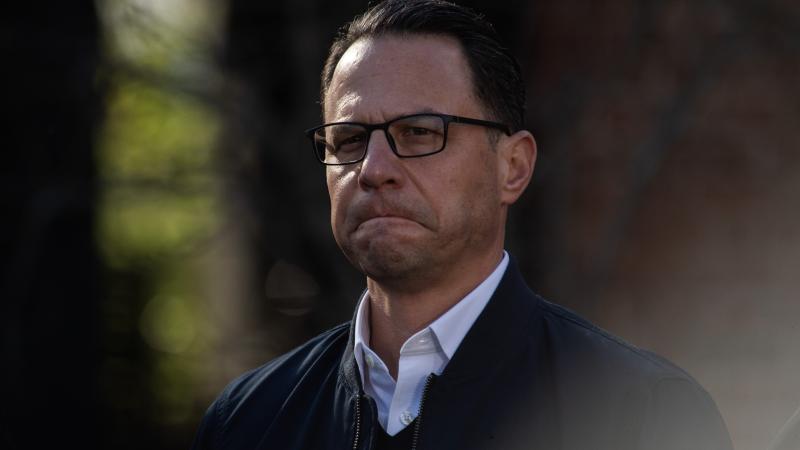European support wanes for China Belt-&-Road Initiative, creates uncertainty for infrastructure
In October, representatives from around 90 countries met in the Chinese capital for a two-day summit to celebrate the ten-year anniversary of the BRI and look to its future. But over those ten years, the initiative has evolved from one with true global ambitions -- including east and west, operating in rich countries and poor
Beijing’s Belt-and-Road Initiative was once compared to the United States' billion-dollar Marshall Plan to help postwar Europe rebuild its infrastructure and was considered a centerpiece of China’s ascension as a world power, but now the project is sputtering.
In October, representatives from about 90 countries met in the China capital for a two-day summit to celebrate the 10-year anniversary of the BRI and look to its future. But over those 10 years, the initiative, estimated to eventually cost as much as $8 trillion, has evolved from one that touted global ambitions – including East and West, operating in rich countries and poor – to one creating a world order in which, as The Economist put it, China plays the lead role and “unsavory regimes can thrive.”
In 2017, the first BRI summit was attended in person by high-level European Union representatives as well as nine European heads of state or government, including Italian Prime Minister Paolo Gentiloni, who attended while his country held the rotating presidency of the Group of Seven (G-7) large industrialized countries.
At this year’s event, the most high-profile European Union attendee was Hungary’s Viktor Orban. Russia’s Vladimir Putin was there in Beijing in only his second trip outside the former Soviet Union since the start of his country’s war with Ukraine. (Putin’s other foreign trip since early last year was to Iran).
Even Afghanistan’s Taliban sent a minister-level delegation.
The BRI probably reached its high-water mark in 2019, when Italy became the only large industrialized country to join the project, doing so over objections from Washington and Brussels. The deal was formalized during a state visit from China President Xi Jinping filled with pomp and circumstance.
But it wasn’t just Italy.
Britain’s then-Minister of Finance Philip Hammond (who attended the 2017 summit in Beijing) declared the BRI had “tremendous potential to spread prosperity and sustainable development” and he called it “a project of truly epic ambition.”
United Nations’ Secretary General Antonio Guterres had high hopes for the environmental ambitions of the BRI scheme:
“I see the Belt and Road Initiative as an important space where green principles can be reflected in green action,” he said.
Today, support for the BRI in the West is dwindling and all indications are that Italy, its most high-profile member, will drop the plan when its five-year mandate expires next year.
(Coincidentally, Italy will again hold the presidency of the G-7 in 2024). To withdraw, Rome will have to formally inform Beijing of its intentions by the end of this year and there is no indication that will not happen.
Italy’s leaving the BRI because it probably has to come to terms with lower ambitions,” Filippo Fasulo, co-head of the Geoeconomics Center with ISPI, an Italian think tank, told Just the News. “The agreement will be focused more on poorer countries. It will still have global reach, but not to the same extent it did a few years ago.”
Economist Fabio Scacciavillani, another key Italian China watcher, said circumstances changed in Italy since it signed onto the initiative.
“In 2019, when Italy joined the BRI, it was a period of economic struggle and there was a great deal of doubt about the future of western alliances,” Scacciavillani said in an interview. “Now, after cooperation between countries during the coronavirus pandemic and near unanimous support in Ukraine against Russia, those things have changed. The decision to leave [the BRI] was also easier because it provided fewer benefits than expected.”
It remains to be seen how a weakened BRI will impact China’s global strategic view.
Italy has made clear it wants to maintain strong economic and cultural ties with China even as it turns its back on Beijing’s most ambitious project ever.
“Italy has always seen itself as a kind of bridge between east and West,” Fasulo said. “The challenge will be to maintain or even strengthen that role even after leaving the BRI.”
In the summer, Italian Prime Minister Giorgia Meloni said she would make her first trip to Beijing before the end of this year as a way to stress the importance of Italy-China ties in a post-BRI world.
Officially, that trip remains on the prime minister’s schedule, but as the clock ticks to the end of 2023 and trip dates are not announced, it becomes increasingly less likely and it is not clear whether that is because Rome or Beijing is losing interest.
The Facts Inside Our Reporter's Notebook
Links
- two-day summit
- unsavory regimes can thrive
- nine European heads of state or government,
- Hungaryâs Viktor Orban
- other foreign trip since early last year
- objections from Washington and Brussels
- pomp and circumstance
- a project of truly epic ambition
- high hopes for the environmental ambitions
- will drop the plan
- Filippo Fasulo
- Fabio Scacciavillani
- first trip to Beijing before the end of this year















